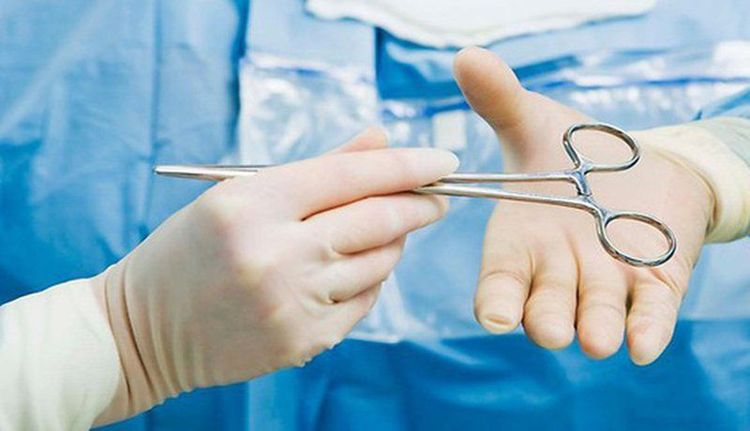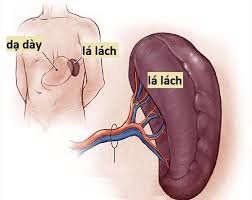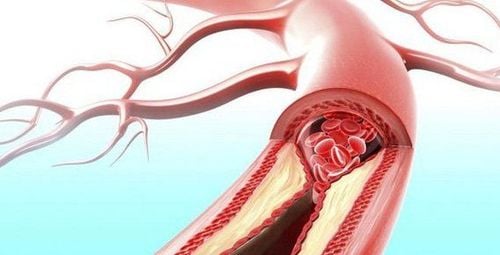This is an automatically translated article.
The article was professionally consulted with Master, Doctor Bui Tien Dat - Emergency Department - Vinmec Hai Phong International General Hospital.1. Causes of chronic iliac aortic occlusion
Chronic iliac aortic occlusion is chronic occlusion of the abdominal aorta below the renal artery or chronic iliac artery occlusion.The cause of chronic iliac aortic occlusion is mainly atherosclerosis. The main risk factors for atherosclerosis are smoking, diabetes mellitus, hypertension, dyslipidemia, and hyperhomocysteinemia. In addition, other common causes of chronic iliac aortic occlusion are fibromyalgia and Takayasu disease.
2. Complications of chronic iliac aortic occlusion
Chronic iliac aortic occlusion, if not timely intervention, will cause many serious consequences for the patient. Of these, lower extremity ischemia is the most common complication.
3. Diagnosis of chronic iliac aortic occlusion
Common symptoms of chronic iliac aortic occlusion are:Claudication is the typical symptom, most often in the early stages of the disease. Claudication is a feeling of muscle contraction pain, appearing on exertion, after walking a certain distance, and relieved when stopping. The pain reappears when walking the same distance with the same amount of exertion. Lower extremity pain when lying down, usually occurs at night. The patient has a burning sensation but also numbness and cold extremities. Symptoms improve with slouching or standing upright. The limb with chronic ischemia has signs such as: skin and muscle atrophy, hair loss, nails dry brittle, brittle, pulse decreased or lost, surface temperature is lower than the opposite limb, the tips of the fingers are purple or necrosis, forming ulcers in the distal extremities.

4. Surgical treatment of chronic iliac aortic occlusion
In patients with claudication unresponsive to medical therapy or patients with severe limb ischemia, surgery may be indicated for symptomatic relief, pain relief, ulcer healing/necrosis, and conservation. anemia, prolonging and improving the quality of life for patients.
Surgical removal of plaque in the artery lumen: Then using a vein patch or an artificial vessel to widen the artery lumen at the site of the atheroma removal. Arterial bypass surgery: Using a bridge with a saphenous vein or an artificial vessel. The commonly performed artery bypass surgery are: iliac-femoral artery bypass, bilateral abdominal-pelvis aorta, bilateral thoracic-femoral bridge, axillary-femoral artery bypass, lateral femoral-femoral artery bypass,... Angioplasty of the narrowed artery with a balloon, may or may not be accompanied by stenting. Amputation is indicated when chronic iliac aortic occlusion is severe with extremity necrosis or the results of intervention, surgery fail. Try to reattach the foot rest or at least the knee joint to create a stump for rehabilitation.
Please dial HOTLINE for more information or register for an appointment HERE. Download MyVinmec app to make appointments faster and to manage your bookings easily.














